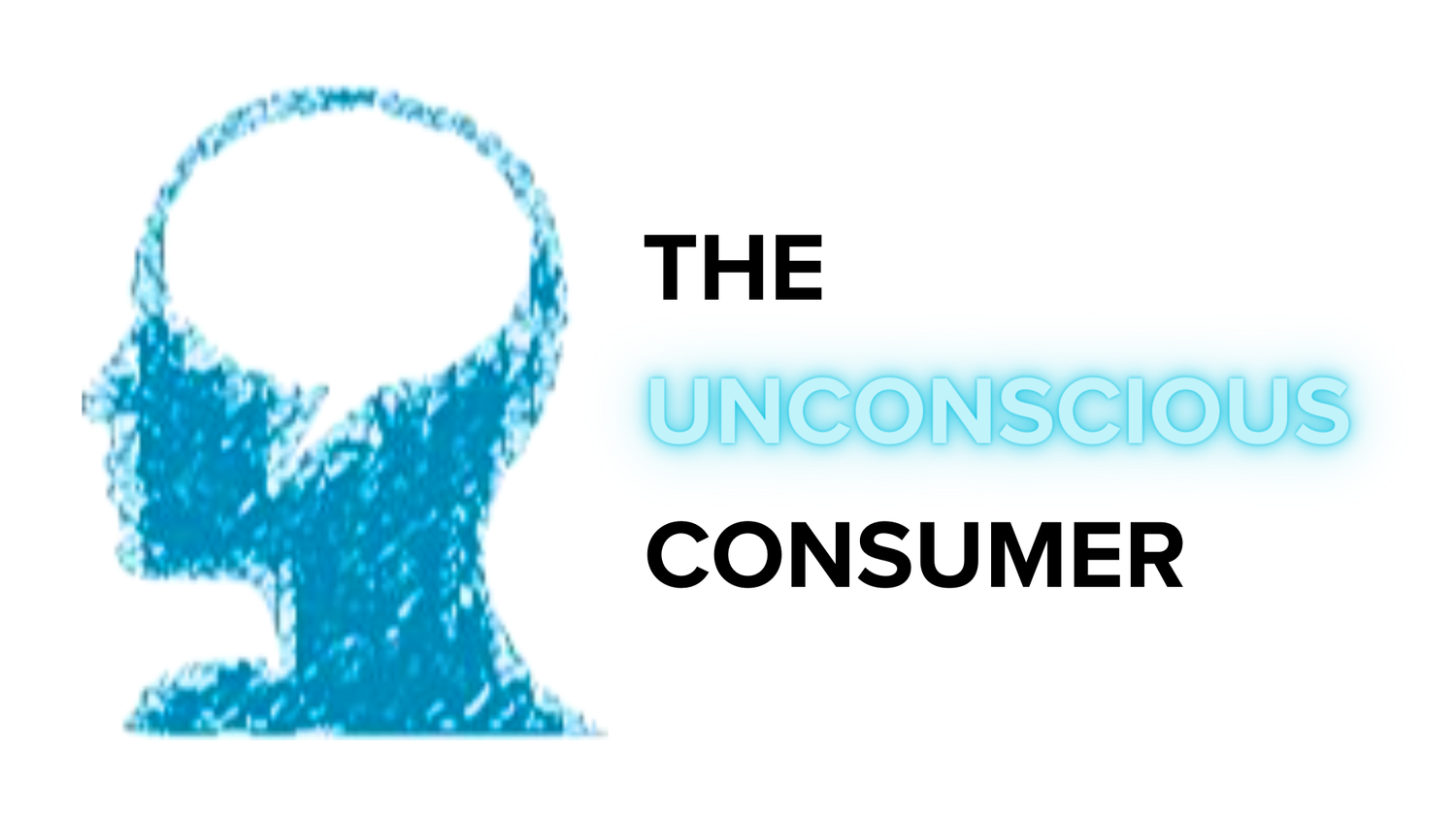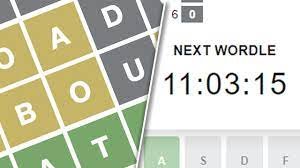Wordle's Winning Strategy: Delayed Gratification as a Key to Habitual Growth
Unconscious Insights: Key Takeaways
Insight #1: The success of Wordle suggests that delayed gratification can be a powerful tool for creating engaging, habit-forming digital products.
So What?: Growth marketers and product teams should consider incorporating elements of delayed gratification into their user engagement strategies. This could involve limiting certain features or content to create anticipation, enhance perceived value through scarcity, and foster habitual use.
Insight #2: Delayed gratification leverages key psychological mechanisms such as anticipation, scarcity, routine, and social engagement.
So What?: When designing features or campaigns, teams should consider how they can tap into these psychological drivers. For example, introducing elements of scarcity can increase perceived value, while fostering routine and social engagement can enhance stickiness and user retention.
Insight #3: The effectiveness of delayed gratification as a growth strategy depends on various factors such as the product type, target audience, and a careful balance between instant and delayed rewards.
So What?: Teams should first conduct a thorough analysis of their product and audience characteristics. If your product is complex and learning-based (like Duolingo), consider a delay strategy that prevents users from feeling overwhelmed. If it's a leisure-based product (like Wordle), occasional engagement may enhance perceived value and anticipation. Understand your audience's patience level, commitment, and their craving for immediate versus long-term rewards. Use this data to design an optimal delay strategy. Test multiple iterations, gather feedback, and continually refine your approach to maintain a delicate balance between immediate and delayed gratification.
In a world that rushes to reward, one game has taken a step back. Wordle, the simple yet captivating web-based word puzzle, has been steadily making its mark across the digital landscape, defying the norms of the typical 'always-on' gaming environment. With an estimated 3 million daily active users, the charm of Wordle lies not only in its straightforward game mechanics but in its insistence on a seemingly counterintuitive principle: delayed gratification.
The Singular Success of Wordle
Wordle stands out from the crowd with its strategy to limit users to just one game per day, a stark departure from the ubiquitous 'everything, all the time' ethos championed by many digital platforms. This approach, rather than alienating its user base, has cultivated a devoted following. The allure of Wordle lies in its simplicity and the anticipation it builds. It's become a powerful daily habit for millions of users, not by offering unlimited access, but instead by limiting play to just once per day. The result is a heightened sense of anticipation and gratification that keeps users coming back day after day.
“The anticipation that Wordle players feel about playing the game each day may be what keeps them coming back and releasing just a word a day likely aims to ensure that the game doesn’t get stale.”
Delayed Gratification: A Brief History
The term 'delayed gratification' is not a new one. Rooted in the annals of psychological research, the principle suggests the power of resisting immediate rewards in favour of greater, future benefits. Most notable was its demonstration in the Stanford Marshmallow Experiment, where children's ability to delay gratification was linked to more successful life outcomes. This principle is one we often grapple with, whether in saving for retirement, maintaining a diet, or deciding to avoid spoilers for the next episode of a favourite TV show. Its application in product design, as seen with Wordle, offers a fresh perspective on user engagement.
The Marshmallow Test is a psychological experiment that measures a child's ability to delay gratification by offering them a choice between one immediate reward or two rewards if they can wait for a specified period, often used as an indicator of future success.
The Psychological Mechanisms at Play
Several psychological mechanisms underpin Wordle's success. Anticipation, as studies have suggested, can be as satisfying as the reward itself. A study from Breda University in the Netherlands found that the very act of anticipating positive experiences, such as a vacation, can boost our happiness more than the actual vacation.
Scarcity, another principle Wordle leverages, enhances the perceived value of each game. With only one game available per day, each play becomes a scarce and, therefore, more valuable experience. This idea harks back to Robert Cialdini's work in his seminal book "Influence: The Psychology of Persuasion", where he outlined the power of scarcity in driving desire.
“Scarcity enhances the value of any product through two routes: internal and external. Internally, it informs us that we want the item; externally, it tells us that others want it too.”
Wordle’s daily reset time until the next Wordle is playable.
Routine and social engagement are two more powerful drivers Wordle taps into. By offering a daily puzzle, the game invites users to weave it into their daily rituals. Additionally, the social aspect of sharing results and engaging in friendly competition adds an extra layer of engagement, extending Wordle's influence beyond the daily puzzle.
Delayed Gratification: A Growth Strategy for the Digital Age?
With Wordle demonstrating the efficacy of the delayed gratification approach, could other digital products adopt this strategy for growth? To successfully implement this strategy, a careful balance must be struck. Delaying gratification too much could lead to frustration and disengagement, while too little delay might render the strategy ineffective.
There are, however, several examples of successful implementation of this strategy in the digital sphere. Duolingo, the language learning app, employs a gem system to pace the learning experience, ensuring users do not burn out by excessive usage. The meditation app Calm releases daily meditations, fostering a sense of anticipation and routine in users. Similarly, Inktober, the global art challenge, promotes daily creativity, thereby encouraging habit-building and social interaction.
Wordle's successful application of delayed gratification illustrates its potential as a potent tool in the creation of engaging, habit-forming digital products. While counterintuitive in our culture of instant gratification, this approach can offer a refreshing alternative strategy for user engagement. However, its effectiveness will hinge upon the product type, target audience, and the careful balance between instant and delayed rewards.
Wordle has offered us a fresh perspective on product design: sometimes, making users wait can make the reward even more satisfying.
Want to share your thoughts? Feel free to share them in the comments section below or on social media.




